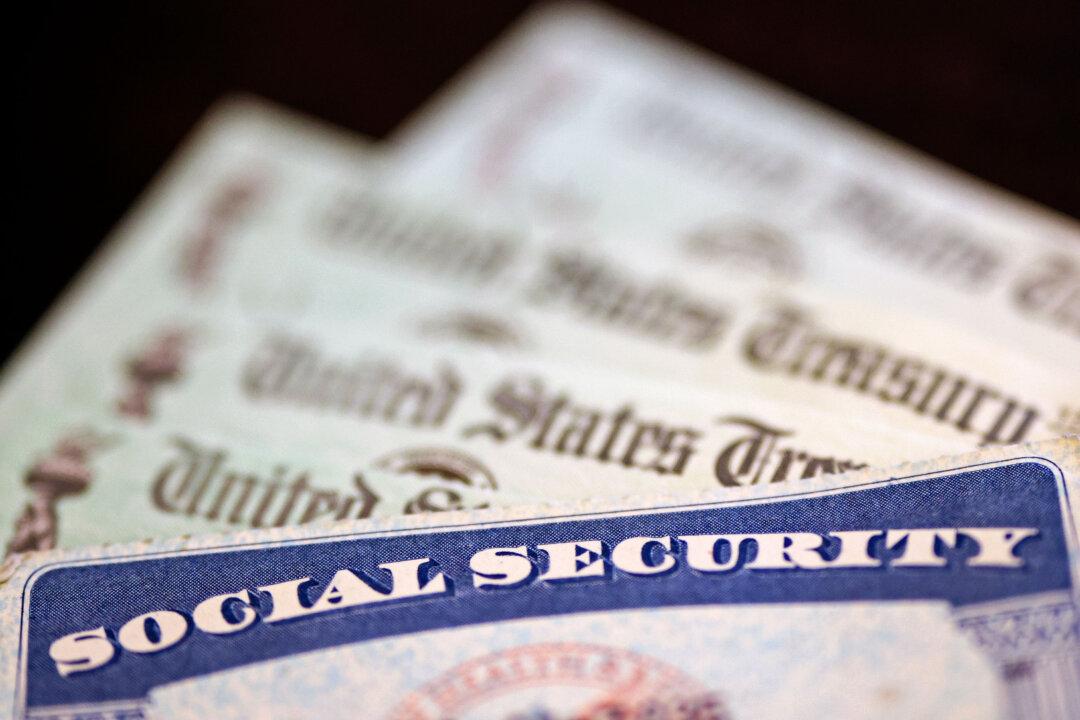U.S. consumer confidence tumbled to a 15-month low in February, as inflation fears surged and expectations for both the broader economy and personal finances deteriorated.
All components of consumer sentiment declined, with buying conditions for durable goods plunging 19 percent, largely due to concerns over tariff-driven price hikes. Expectations for personal finances and the short-term economic outlook fell nearly 10 percent, while the long-term outlook hit its lowest level since November 2023.
Inflation expectations also rose sharply, fueled by fears that President Donald Trump’s plans for steep and broad-based tariffs would drive up costs and erode purchasing power, according to Joanne Hsu, director of the University of Michigan’s Surveys of Consumers.
Households expect year-ahead inflation to rise to 4.3 percent, the highest since November 2023 and up from 3.3 percent last month, per the report. Five-year inflation expectations climbed to 3.5 percent, up from 3.2 percent in January and the highest reading since 1995.
Trump has acknowledged the recent uptick in inflation, which accelerated in January to a seven-month high of 3 percent, marking the fourth consecutive monthly increase. The president blames the previous administration, saying that inflation is a lingering effect of what he describes as reckless spending under President Joe Biden.
“They spent money like nobody has ever spent,” Trump continued. “They were given $9 trillion to throw out the window.”
“Inflation is stubborn, you inherited it,” Brian Kilmeade said. “When does it become your economy? When is it a Trump economy, when will we get to see if your plans are working?”
Trump replied: “Well, it takes a period of six months to a year. Biden really screwed up our country.”
“The upbeat mood seen among U.S. businesses at the start of the year has evaporated, replaced with a darkening picture of heightened uncertainty, stalling business activity and rising prices,” Chris Williamson, chief business economist at S&P Global Market Intelligence, said in a statement.
Companies cited concerns over federal policies, tariffs, and spending cuts, with new order growth weakening sharply and business optimism slumping. Manufacturers reported steep increases in input costs, primarily due to tariff-related supplier price hikes and rising wages.
Despite these pressures, competition in the services sector kept selling prices in check, pushing service-sector inflation to a near five-year low.
With Trump indicating that his policies may take time to kick in and have an impact on inflation, the near-term economic landscape appears challenging, with rising costs and policy uncertainty shaping the outlook.







